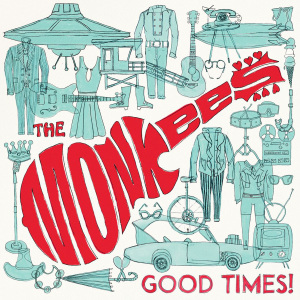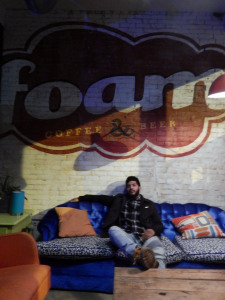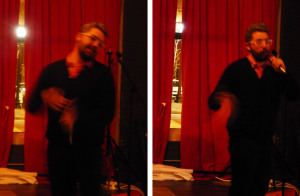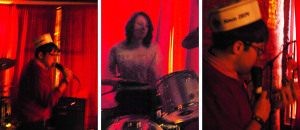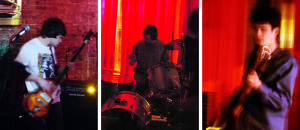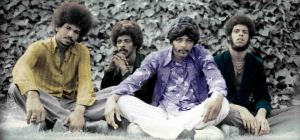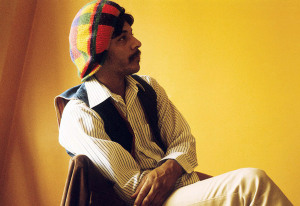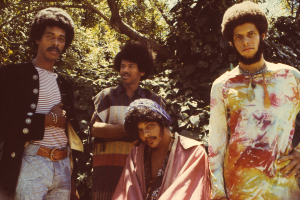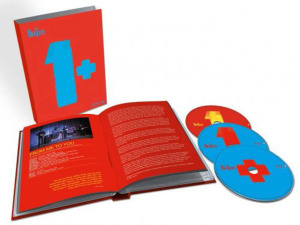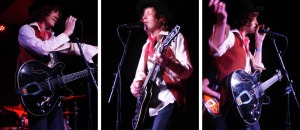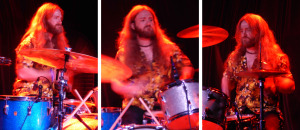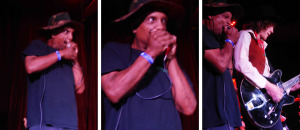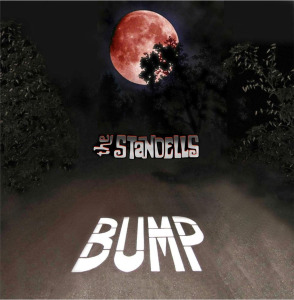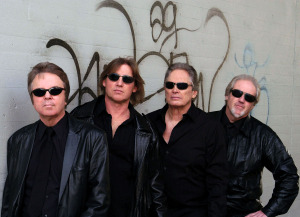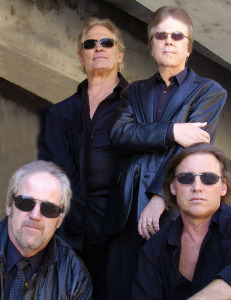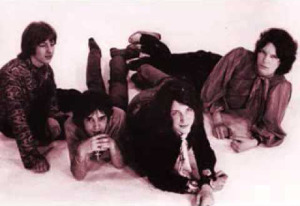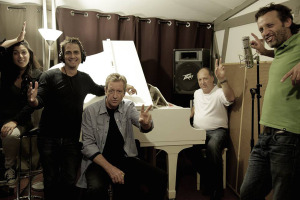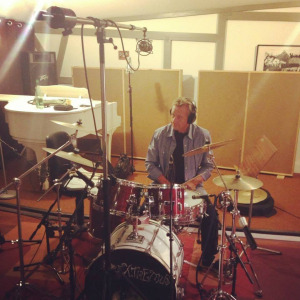(RHINO RECORDS; 2016)
If you had told me last year that the Monkees were not only going to come out with a new album, but that it would be an extremely good one that added a new chapter to their legacy and would feature all four band members, well, I’d have said you were nuts. Davy Jones was deceased, Mike Nesmith had apparently gone into a new phase of ambivalence, and the other two, Micky Dolenz and Peter Tork, were keeping the group’s popularity high through frequent live shows, but hardly seemed capable of putting anything new together. How, then, did this mini-miracle occur – a fantastic new Monkees record coming out in 2016. If you wanna know who to give the lion’s share of the credit to, well, it’s Adam Schlesinger. Best known as the frontman for Fountains of Wayne and the composer of the titular hit song from the Tom Hanks-directed film THAT THING YOU DO, Schlesinger is a huge Monkees fan, the kind of person who found inspiration and delight in their music and wondered if they could recapture some of that old-time magic again. A kind of “That was THEN, this is NOW” redux. Schlesinger had talks with the three remaining Monkees and suggested putting the call out to today’s indie rockers and closeted Monkees fans for material in the Monkees’ vein. And everyone was excited by the fact that it was the Monkees’ fiftieth anniversary – wouldn’t it be kick-ass to celebrate with a brand-new album?
You bet! Songs began arriving by composers as cool as XTC’s Andy Partridge (“You Bring the Summer”), Weezer’s Rivers Cuomo (“She Makes Me Laugh”) and Death Cab For Cutie’s Ben Gibbard (the luminous gem “Me and Magdalena”). Schlesinger himself wrote “Our Own World,” produced the record and plays on ten of the album’s 13 songs. If that isn’t about as auteur-ish as you can get with such a project, well, I don’t know what is! The masterstroke here, and another place where credit should be given, is the honchos at Rhino Records, the Monkees’ label, a couple of guys who love the band and began scouring the vaults for old material that might be worthy for this project. They dug up a Neil Diamond-penned tune from 1967 that had a perfectly fine Davy Jones vocal on it (well done, lads!) and simply needed a bit of overdubbing and engineering work to make it a go, a Goffin/King gem called “Wasn’t Born To Follow” which finds Peter Tork pouring all his energy and enthusiasm into (he says THIS of the song in the liner notes: “What a joy to be singing a Carole King song! This dreamy, Dylan-esque song is a tapestry unto itself.”), and even a Harry Nilsson tune, the title track, which gives Dolenz a chance to “duet” with the songwriting legend. All this, man, and even some originals! An attempt was made to recapture the sound and feeling of the late ’60s – production slickness was avoided at all turns, something that sorely diminished the appeal of two previous attempts by the Monkees to release new material (POOL IT! From 1987 and JUSTUS from 1996). So what you get is an album that almost sounds like it could have been the next project the band really put their “heart and soul” into after their amazing late ’60s run, mixing snappy rockers like “She Makes Me Laugh” with multi-textured psych-rock as represented by “Birth of An Accidental Hipster” (a truly unlikely offering from Noel Gallagher and Paul Weller that is one of the album’s high points) and seamless originals (Tork’s breezy “Little Girl” and Nesmith’s melancholy “I Know What I Know”). You just wouldn’t think the Monkees could’ve come up with something like this. It’s the nicest of surprises for long-time fans.

I have two quibbles with the album, one that could have been helped and one that maybe couldn’t. The latter is the fact that they could only find one Jones song to include. If they were gonna go that route of making sure Davy’s presence was felt, was there really NOTHING else in the vaults that could’ve been dusted off and messed with a bit? So pleasant is it to hear Jones sing again on “Love To Love” that you kind of LONG for the stronger balance that would’ve existed if he’d been on one more song. That balance issue brings me to my only real criticism, the fact that GOOD TIMES! opens with five songs in a row featuring Dolenz on lead vocals. Now, it’s funny for me to say this, because Micky Dolenz is my favorite Monkee, but I’m puzzled that the first half of the record is sequenced this way. Moving a Nesmith or Tork vocal to an earlier slot would’ve solved this problem – as it is, a kind of repetitiveness sets in that diminishes the listenability of “Our Own World” and “Gotta Give It Time.” That loses half a letter grade in my book, although others may not feel that way. But, from track 6 to track 13, you get pure, unadulterated Monkees bliss, and nary a misstep. “Me and Magdalena” is so beautiful, so haunting, that you can’t believe you are getting this gift of a tune from these guys. Schlesinger plays sweet, lovely piano and Nesmith turns in an intoxicating vocal just about matched by Dolenz as the secondary singer. “Whatever’s Right” sounds like a long-lost Monkees hit, even penned by their old writing mates Boyce and Hart, but no, this is a new tune. I’ve already mentioned my fondness for the Davy Jones contribution. But it’s worth commenting again that “Birth of An Accidental Hipster” is just amazing. It’s the second best song here, with inspired performances, mulitple hooks and another wonderful vocal pairing by Nesmith and Dolenz. This song breathes, shimmers and kicks serious conceptual ass. Peter Tork is another sort of hero on this record… he was often a creative underdog in the past, but both his original, “Little Girl,” and the fetching Goffin/King entry are complete delights. And the ending is perfect, a songwriting collaboration by Dolenz and Schlesinger called “I Was There (And I’m Told I Had a Good Time)” that could sum up the band’s feelings about their wacky pop culture odyssey. It rocks (a little), it’s got sass (a LOT), and it exudes spontaneity and minimalistic charm. “We are here, and we’re gonna have a good time/Like we did before/Supposedly,” Monkee Micky sings, filled with both the wry knowledge of the band’s storied and often controversial past, and his obvious glee at being here, 50 years later, not only still doing it but making one of the band’s best albums. GOOD TIMES! is just a nice surprise all around, not necessarily a masterpiece but way better than any fan could possibly have predicted. I’m a believer, that’s for sure. Nez, Peter, Micky and um, gosh, Mister Schlesinger? Thank you, and Happy 50th Anniversary!

